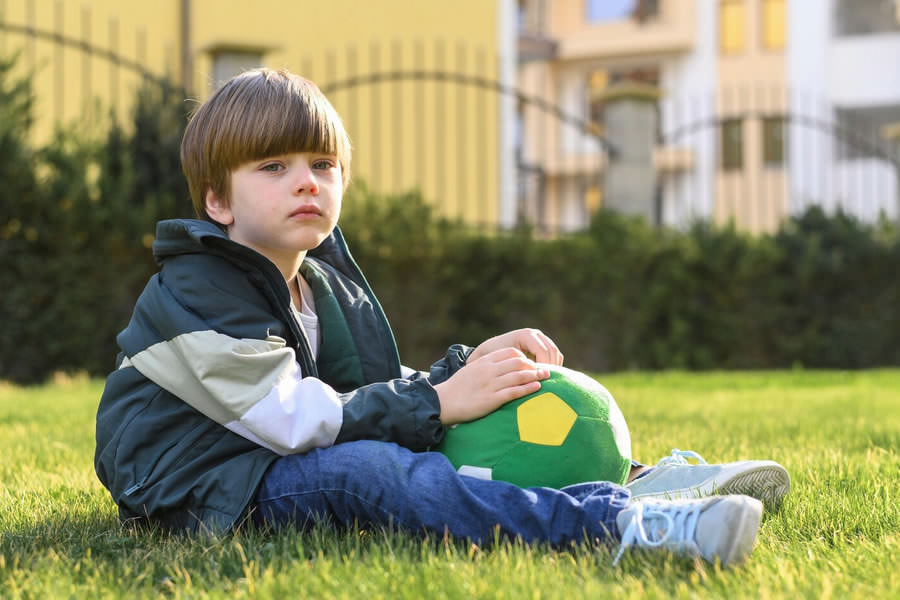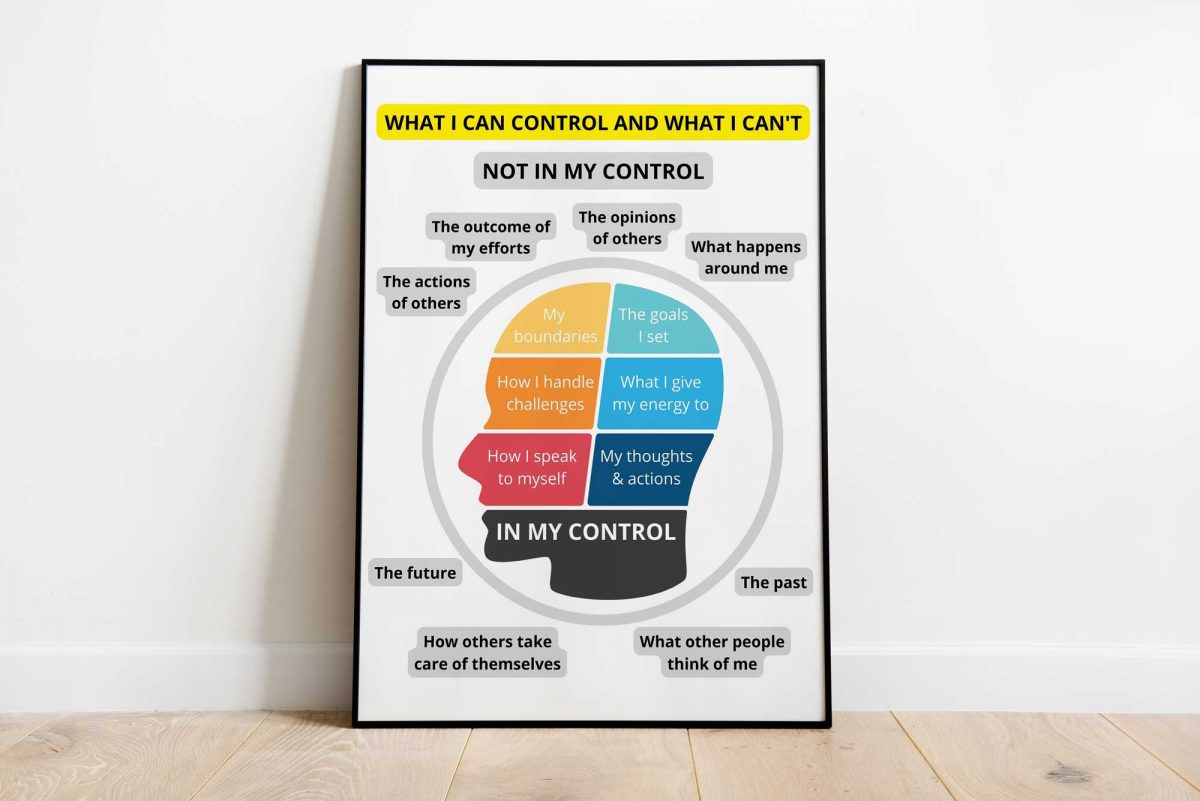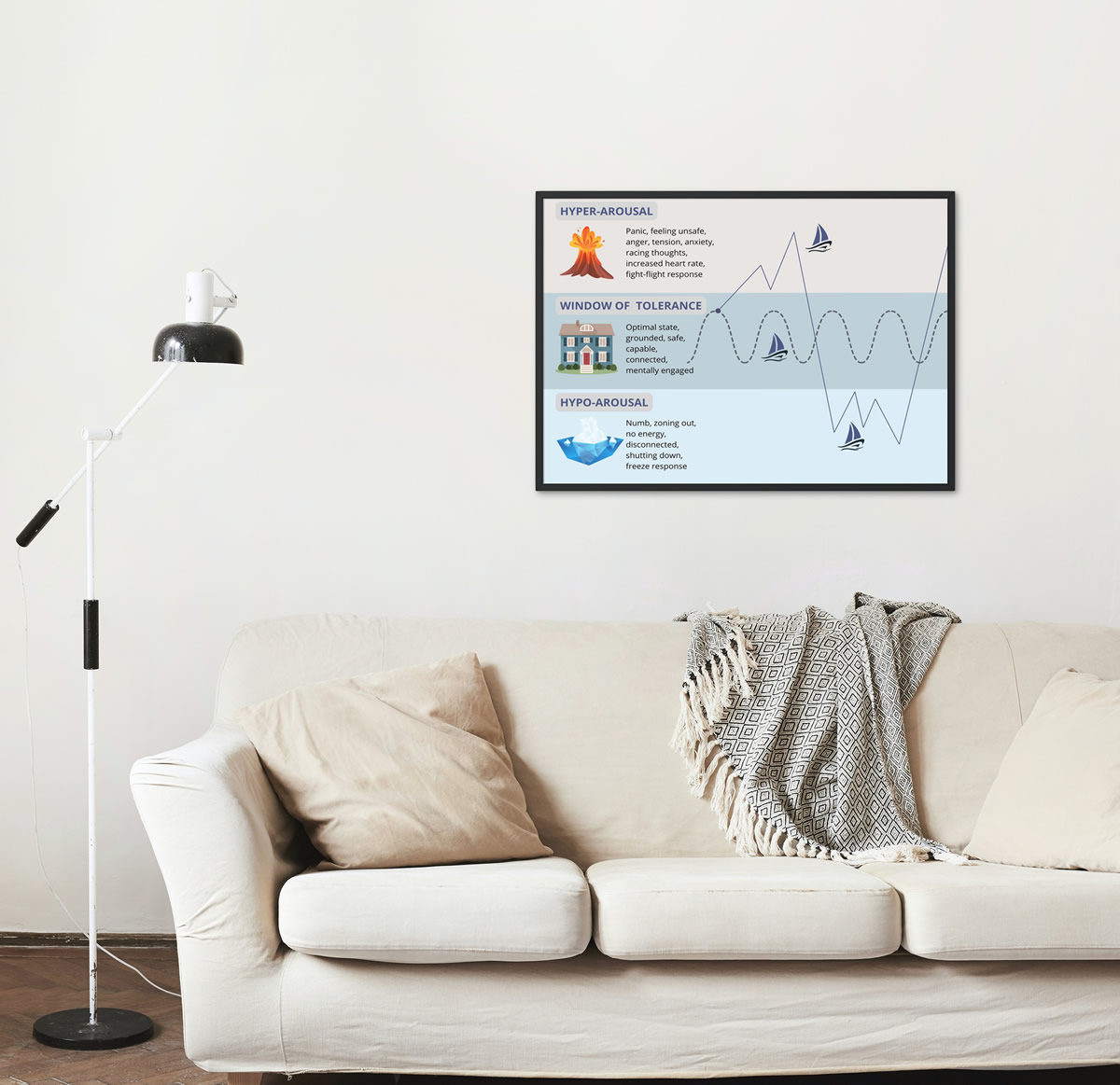Helping children with LDs thrive socially: Understanding the struggles and building skills
For children and adolescents with learning disabilities (LD) or ADHD, social struggles often run deeper than academics. They may face exclusion, bullying, or loneliness—not because they don’t want to connect, but because their brains process social interactions differently. Over time, these social difficulties can affect self-esteem, emotional well-being, and even lead to depression.
Why do social challenges happen?
Children with learning disabilities often struggle with the “unwritten rules” of social life. Research shows they may:
- Struggle to solve social problems effectively
- Use inappropriate behavior in social settings
- Miss or misread cues from their conversation partners
- Have trouble managing peer pressure or giving/receiving feedback
- Receive more negative comments from adults
- React poorly to new situations
- Have a low tolerance for frustration or failure
Some experts believe these difficulties stem from the same neurological differences that impact learning. Others suggest that ongoing academic failure and social rejection prevent these children from learning healthy social habits. In reality, both perspectives may be true depending on the individual.
How different LD profiles affect social skills
For some children, once they are given a safe, structured chance to socialize, they thrive. But others need explicit instruction in social skills—just like they would in reading or math.
Children with nonverbal learning disabilities (NVLD), for instance, may appear clumsy or have difficulty interpreting visual cues like facial expressions or body language. They might stand too close during conversations or miss sarcasm and indirect hints, which can make them seem odd or off-putting to peers.
Other learning disabilities—like language-based or auditory processing challenges—can affect a child’s ability to understand or express themselves clearly in conversation. These children may struggle to keep up with fast-paced chats or say something that’s misunderstood, leading to teasing or social withdrawal.
Children with ADHD may interrupt, act impulsively, or miss important social cues due to distractibility. Even if they know what to do, they might struggle to apply the right behavior at the right time.
Social play, meant to be a fun and affirming experience, can feel stressful for these kids. And the anxiety of social performance often makes the issue worse.
Other factors to consider
In addition to the LD or ADHD itself, factors like temperament (e.g., being shy or easily upset) and family modeling of social behavior play a role in how a child interacts with others.
What parents and caregivers can do
Supporting social development takes time and patience—but it’s possible. Here are some strategies that can help:
1. Observe and identify issues
Watch how your child behaves in different social settings. Ask teachers, coaches, or camp staff for specific feedback—even if it’s hard to hear. The more detailed the input, the better you can understand what your child needs.
2. Prepare for social situations
Talk through what your child can expect: who will be there, what will happen, and how they might respond. Visit new places ahead of time if possible, and explain any unique challenges your child might face to the adults in charge. Don’t forget to share your child’s strengths, too.
3. Set expectations and use prompts
Remind your child of specific behaviors before a social event—quietly and supportively. Create a private signal (like a hand tap or code word) to gently remind them during the activity without embarrassment.
4. Practice together
Role-play common social scenarios. Use real-life situations or make up games to rehearse taking turns, starting conversations, or handling teasing. Keep it playful and positive.
5. Review social experiences afterward
Ask your child what went well and what didn’t. Help them understand the connections between what they said or did and how others responded. For example, “What do you think happened when you said that?” or “How else could you have handled it?”
6. Explain hidden meanings
Help your child decode tone, sarcasm, body language, and idioms. TV shows and movies can be great teaching tools for discussing these subtleties.
7. Support peer interactions
Set up playdates or social outings, but don’t force friendships. Let your child choose who they’re comfortable with and support those connections.
8. Break down abstract ideas
Words like “friendly” or “respectful” can be vague. Explain what they look like in real life: smiling, listening, taking turns, etc. Teach facial expressions and gestures explicitly if needed.
9. Be empathetic about missteps
When things go wrong, resist the urge to scold. Instead, say, “I know you didn’t mean for that to happen,” and use the situation as a teaching opportunity. Social mistakes are often the result of skill deficits, not bad intentions.
10. Consider professional help
Social skills groups, speech-language therapy, or counseling can be incredibly helpful. A trained professional can give your child the tools and confidence they need to connect with others.







